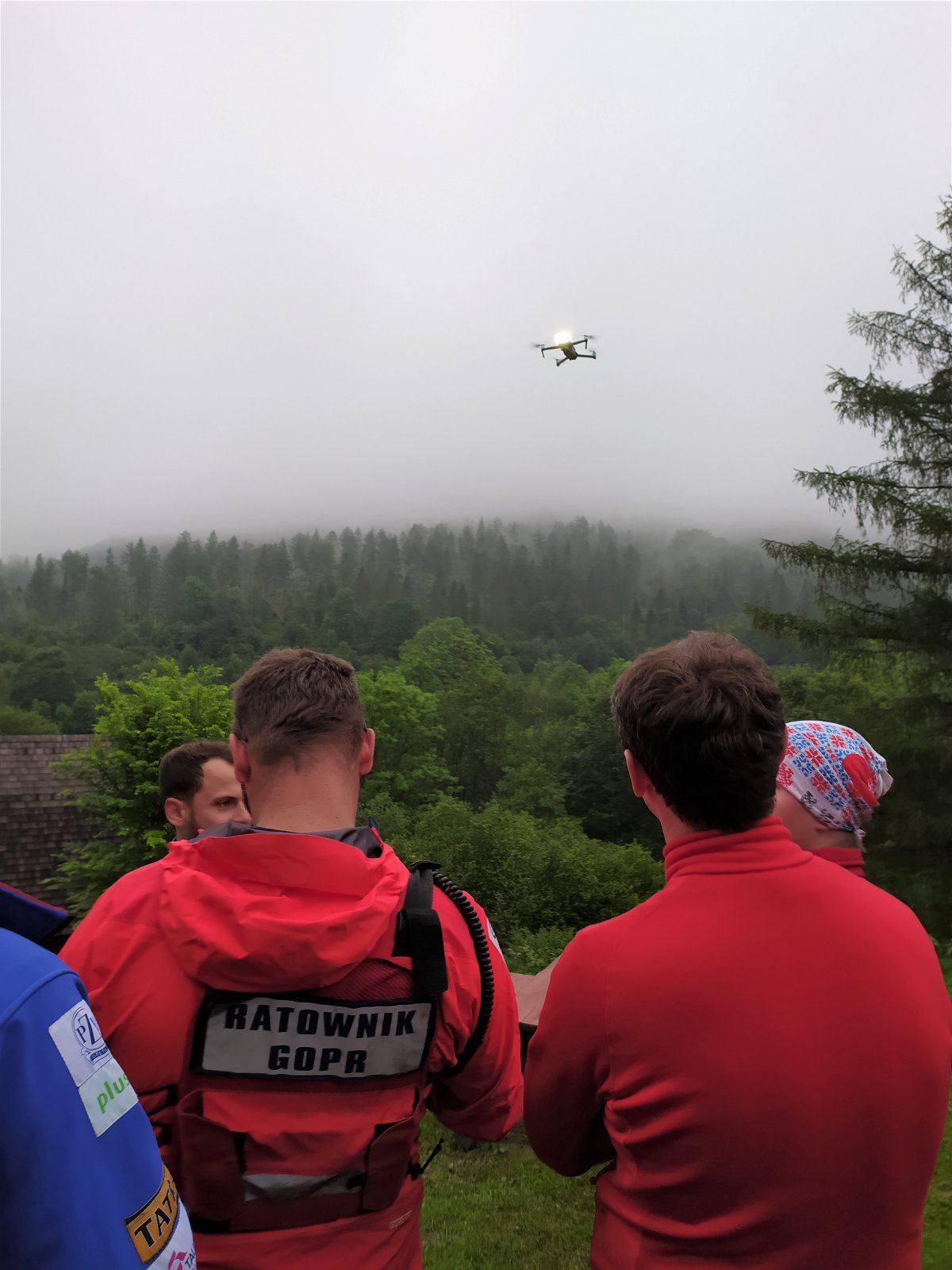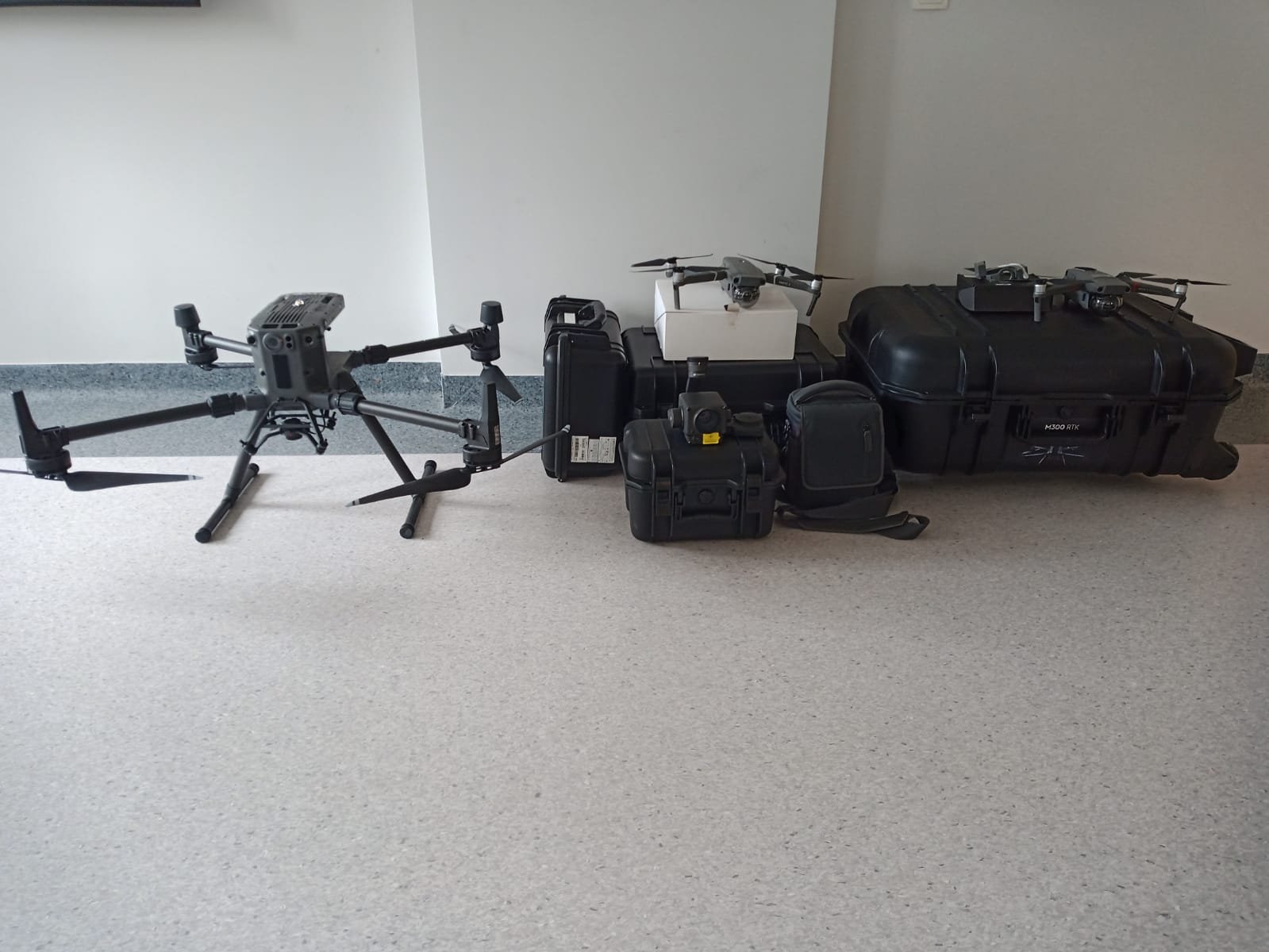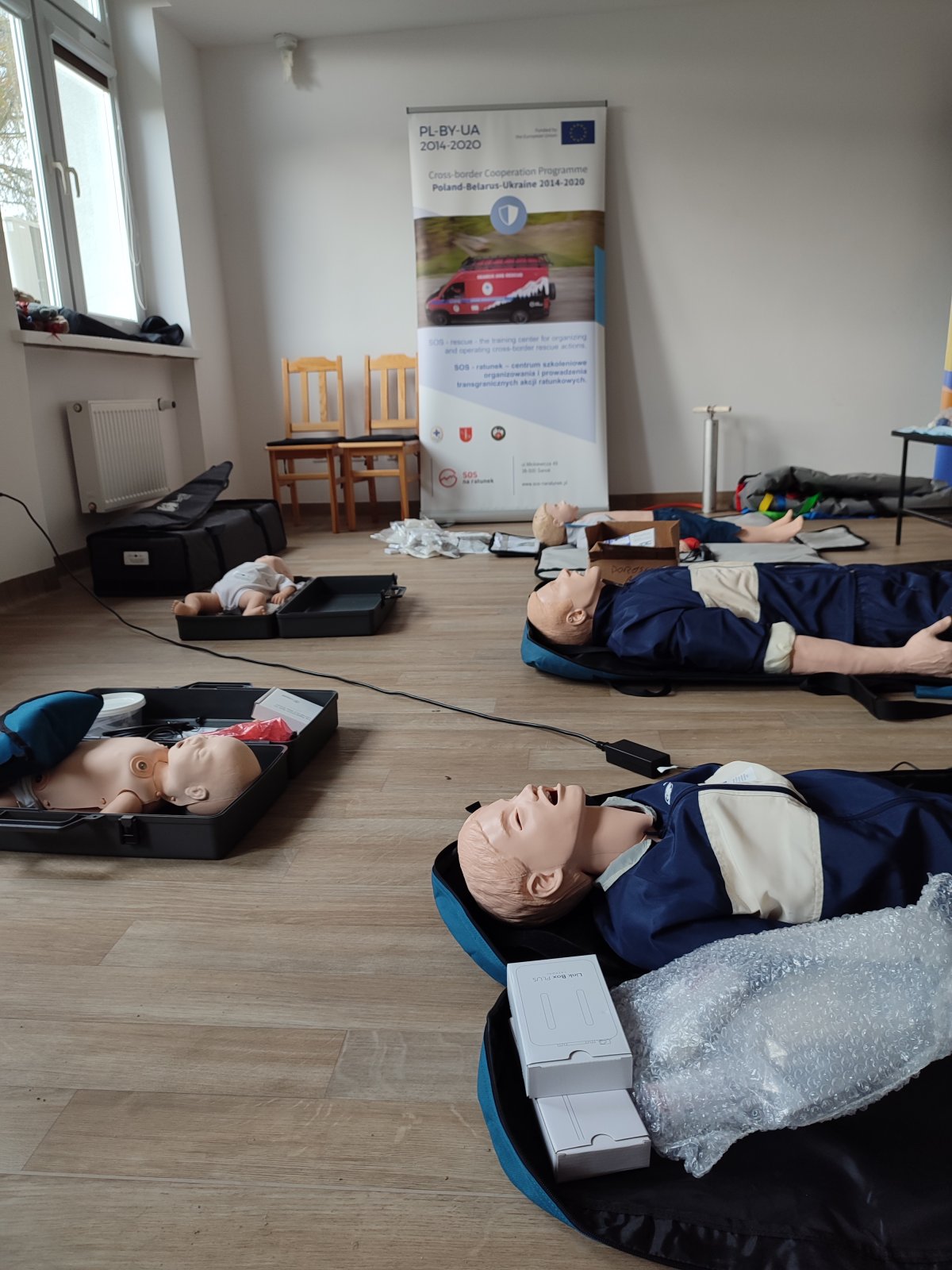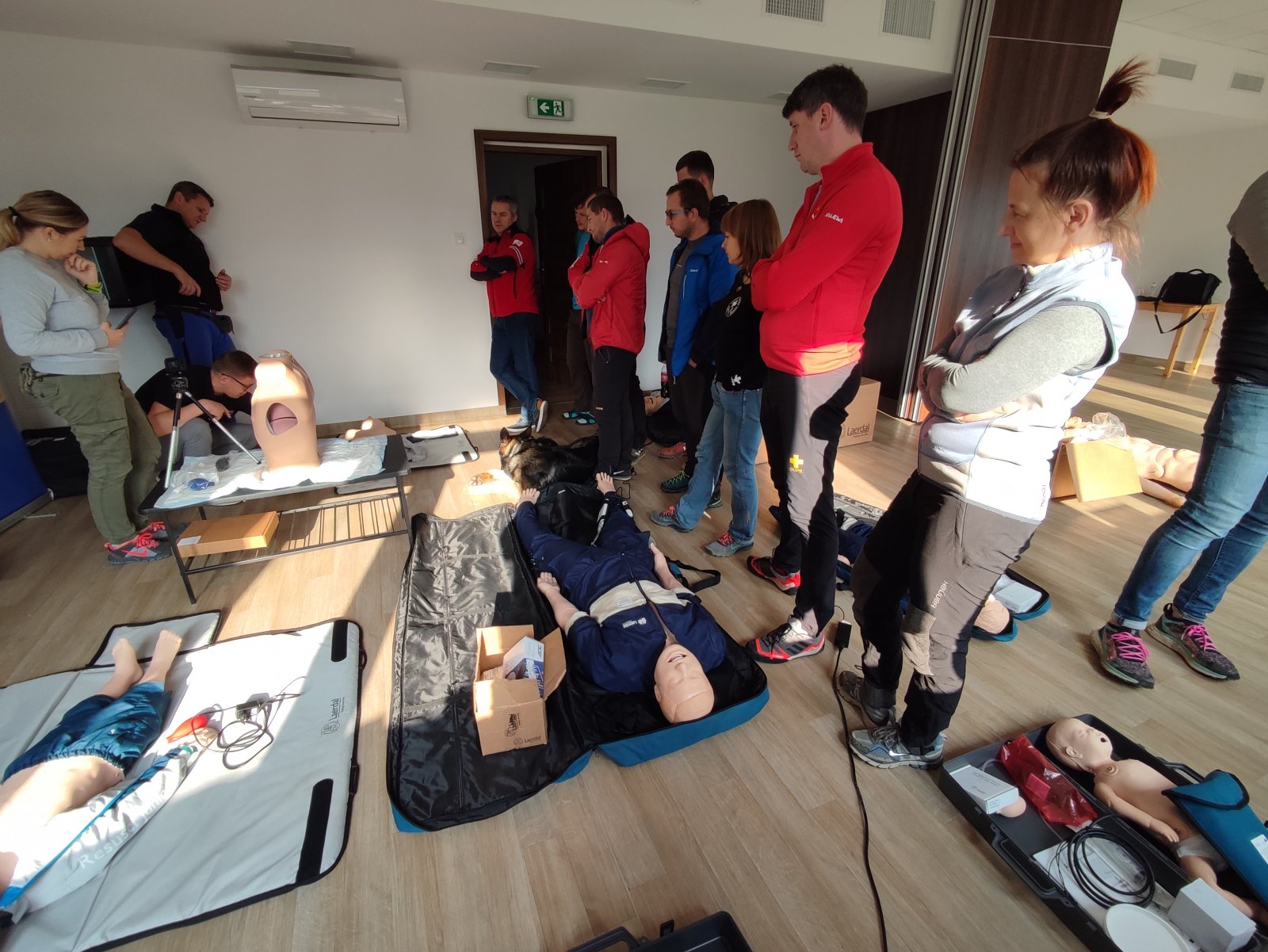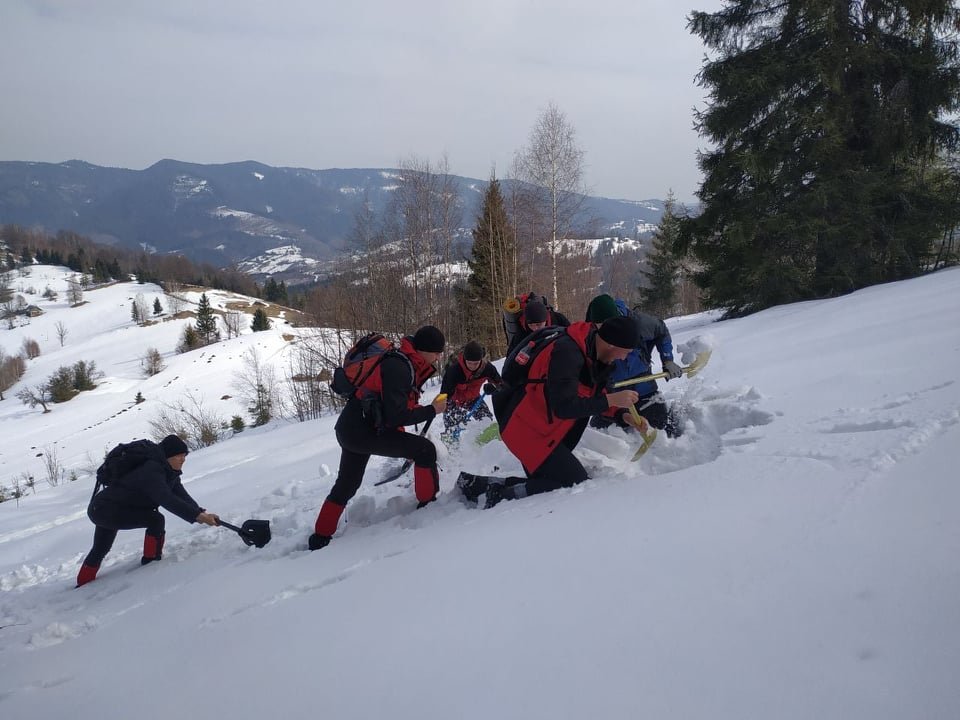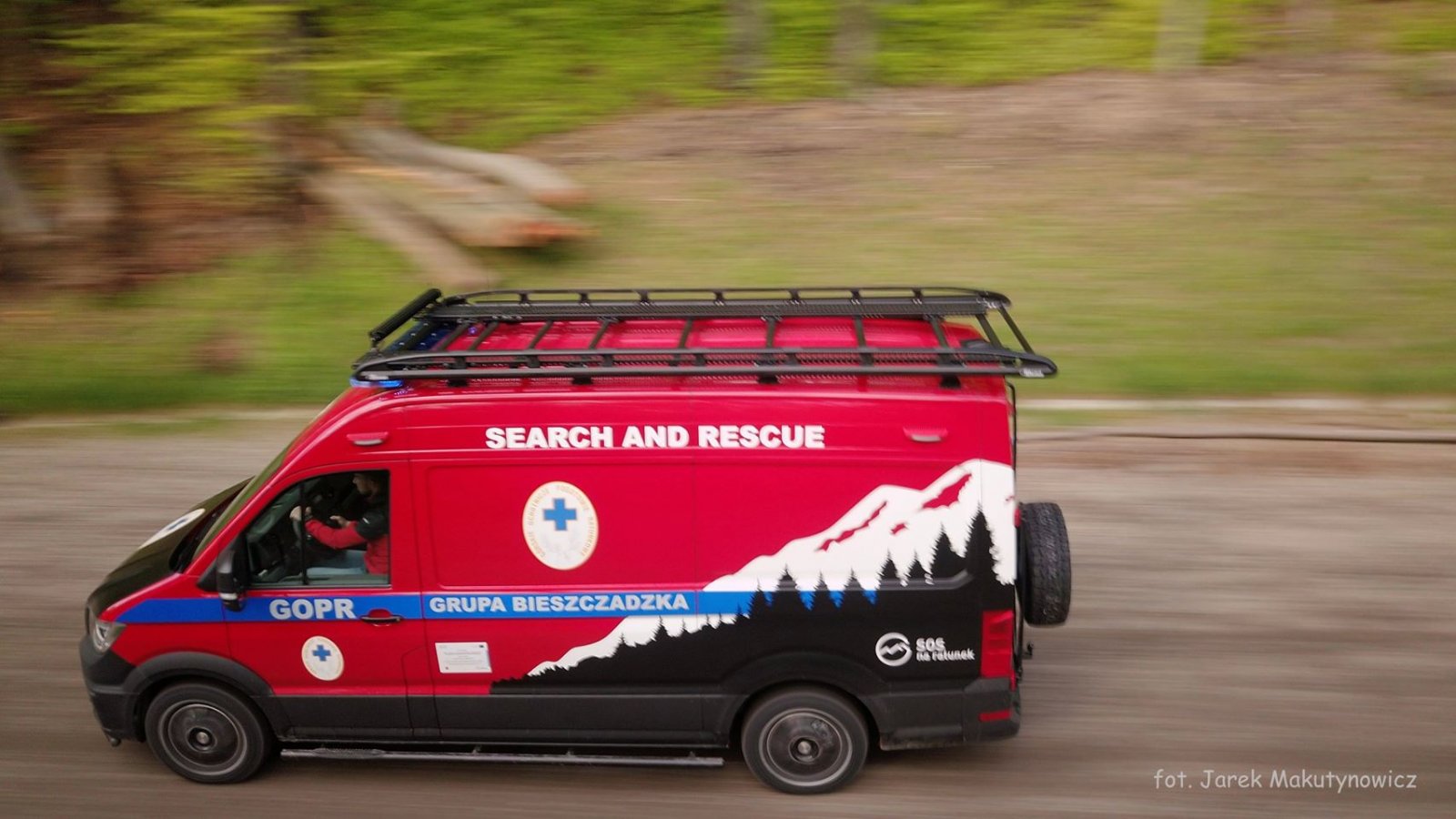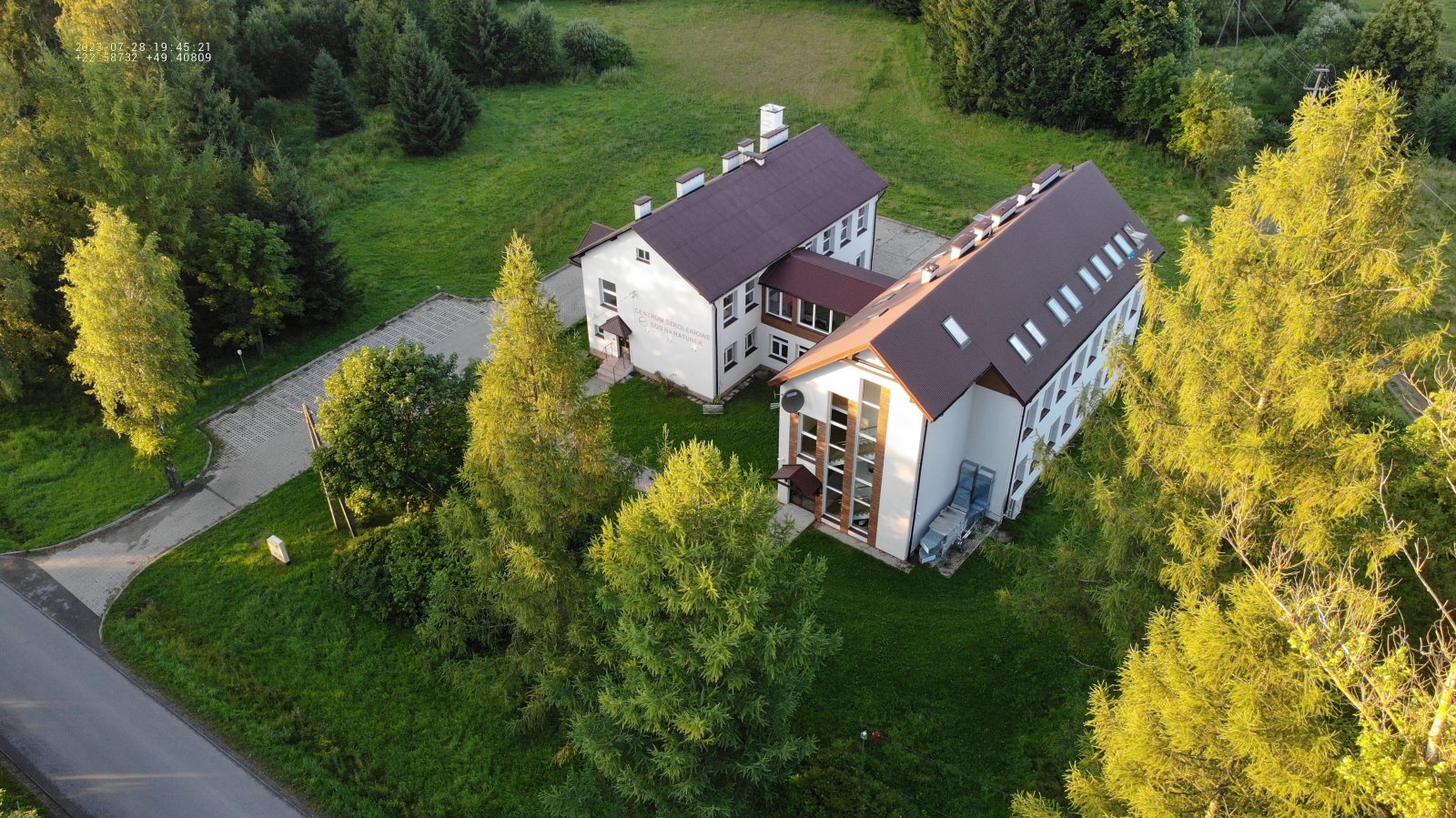The projects financed by the Interreg NEXT Poland – Ukraine 2021-2027 Programme have already started their implementation, and we eagerly await their upcoming results.
However, we do not forget about the results and benefits brought by projects from the 2014-2020 Programme edition. We continue to show their achievements and hope that stories of people behind them or benefitting on them will be inspiring for forthcoming initiatives in the whole Programme area.
We invite you to read!
Caroline is versatile. She creates and publishes mountain maps, is a guide, has been a Mountain Volunteer Search and Rescue Service (GOPR) rescuer since 2011 and, for some time, has been the president of the ‘SOS-Rescue’ Foundation, which supports the Bieszczady GOPR group. She has been walking in the mountains almost forever. She loves the Bieszczady Mountains, but the Ukrainian part of the Carpathian Mountains has fallen firmly into her heart.
It has been cooperating with mountain rescuers from Ukraine since 2012. There was previously no tradition of volunteer mountain rescue on the Ukrainian side. It was only possible to count on the help of state services, but these were stationed in distant Lviv. That is why mountain rescue enthusiasts on both sides of the border decided to cooperate so that tourists could feel safe throughout the Carpathian Mountains.
The partners have already carried out several projects together, but admit that only the projects implemented from the Poland-Belarus-Ukraine Programme 2014-2020, namely ‘SOS-rescue – the training center for organising and operating cross-border rescue actions’ (SOSRescue) and ‘Adaptation of the former observatory on the Pip Ivan mountain to the needs of alpine rescue service training center’ (PIMReC), and as part of the large purchases of equipment and many joint exercises, have made the level of mountain rescue on both sides of the border somewhat equal.
Thanks to the SOSRescue project, the former school building in Równia near Ustrzyki Dolne was adapted into a training centre for mountain rescuers from Poland and Ukraine. It is one of the most modern facilities of its kind in Europe. On the Ukrainian side, a rescue and information centre was set up in Slavsko. The project partners also purchased modern equipment: search drones with thermal cameras, GPS and software, a command car, operational vehicles, medical, evacuation and water rescue equipment. Both sites received a new IT system for coordinating cross-border rescue operations, fully compatible with the new equipment. Finally, training sessions were held for rescue coordinators, rescuers and firefighters.
The partners’ cooperation went far beyond the projects themselves. When, following the outbreak of war in Ukraine in 2022, a multi-million wave of refugees rushed to Poland, the Training Centre in Równia provided shelter for families of rescuers from Ukraine and became a real aid hub, where donations, materials, medicines and food were reloaded for those fleeing the war. And quite recently, in June 2024, mountain rescuers from both sides of the border held a Children’s Day for the youngest in Lviv at the invitation of the Polish consulate.
Caroline also lists other benefits:
She believes that normality will return and tourists will return:
And he adds with sentiment:

